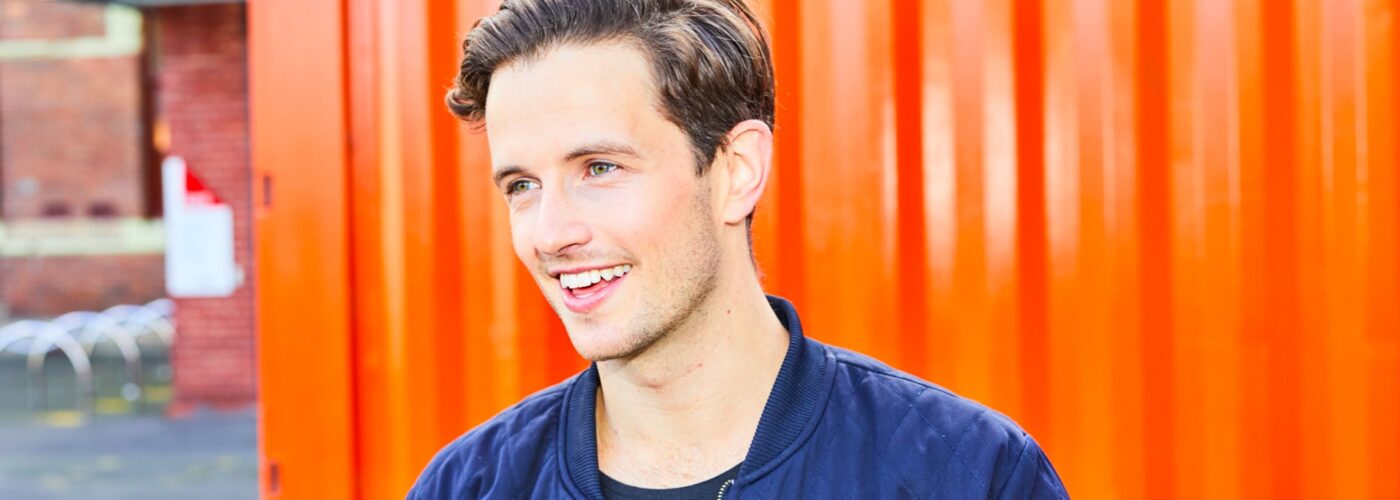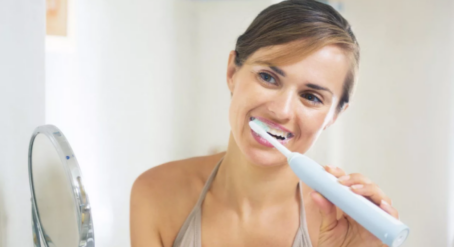Due to advancements in safe and subtle treatment options, orthodontic treatment among adults has increased significantly in recent years. Although we are used to seeing more women than men having their smile assessed, men’s braces have been growing in popularity and are more common than you may think.
As more adults embrace self-improvement in all its forms and the social stigma around braces disappears, we expect to see even more men making their way to the orthodontist’s chair. We spoke to Melbourne-based specialist orthodontist, Dr Theresia Sudjalim, to answer some common questions to help men embrace the change.
Are braces for men different than braces for women?
The orthodontic treatment options available to you are the same whether you’re male or female. Traditional metal braces, ceramic braces, lingual braces and clear aligners all function in the same way regardless of your gender and age.
What type of orthodontic treatment do men usually get?
There is no cookie cutter, one-size-fits-all response to this question and the type of treatment recommended to men actually has nothing to do with gender. Your orthodontist will discuss the treatment options available to you and will give their recommendations based on your particular case.
Interestingly, men tend to be more willing to get traditional metal braces than women. This may be for a number of reasons, including being less self-conscious about the appearance of braces, or an understanding that they may be less compliant and thus unsuited for removable clear aligners.
Is it just young men wanting to correct their smile?
We’re seeing a number of different age groups lead the charge when it comes to orthodontic treatment options for men. Some men come in during their early to mid-20s when they have more disposable income and are able to get the treatment their parents couldn’t afford when they were teens. This age group tends to be more matter of fact about their treatment and willing to get fixed braces.
We’re also seeing an increasing number of men in their 30s to 40s who are becoming more self-aware and are looking to get orthodontic treatment for aesthetic reasons. This age group tends to prefer subtler options like clear aligner treatment and lingual braces when suitable.
Why do you think men have been more hesitant to get orthodontic treatment than women in the past?
Previously, men would generally only book in to see an orthodontist when something went wrong, such as when they lost a tooth playing football or have had an alteration in their bite due to a broken jaw.
There was a misconception that seeking orthodontic treatment was somehow ‘unmanly’ but this simply isn’t true. Orthodontic treatment is now much more ‘mainstream’ and considered by many to be a necessary part of life. As orthodontic techniques are becoming more advanced and specialist orthodontists better understand how efficient and safe orthodontic treatment can be achieved, we are expecting more men to make an appointment to see how their smile or bite could be improved. Especially since in Australia, no referral is needed to see a specialist orthodontist.
What are some of the differences between how men and women approach their orthodontic treatment?
Most women seek out orthodontic treatment for personal cosmetic reasons. They will do a lot of research before they make their first appointment and will come in armed with questions. They also tend to have an idea of the type of treatment they would prefer, such as ceramic braces, clear aligners (such as Invisalign®, Spark® and 3M Clarity) or lingual braces.
Generally speaking, men don’t tend to be as self-driven as women when it comes to visiting an orthodontist, and a large number of them attend their appointment at the suggestion of their partner. This makes them have less specific goals and questions about the process or the type of treatment they will receive and males tend to be more willing to follow the advice of their orthodontist. Of course, there are always exceptions to these rules.
What is the next step if I’m wanting to see an orthodontist?
In Australia, you don’t need a referral to make an appointment with a specialist orthodontist. To find a registered specialist orthodontist in your area you can use the Find An Orthodontist tool. Only a specialist orthodontist has the training, knowledge and experience to properly assess your smile and to help you understand the best treatment for your case.
Please note: Clear aligner treatments are available in Australia under a number of different brand names, including Invisalign, ClearCorrect, OrthoCaps and others. Orthodontics Australia does not endorse the use of any particular brand of clear aligner treatment and acknowledges that specialist orthodontists will work with whichever brand is best suited to their practice. For more information about Clear Aligners please download our eBook.










